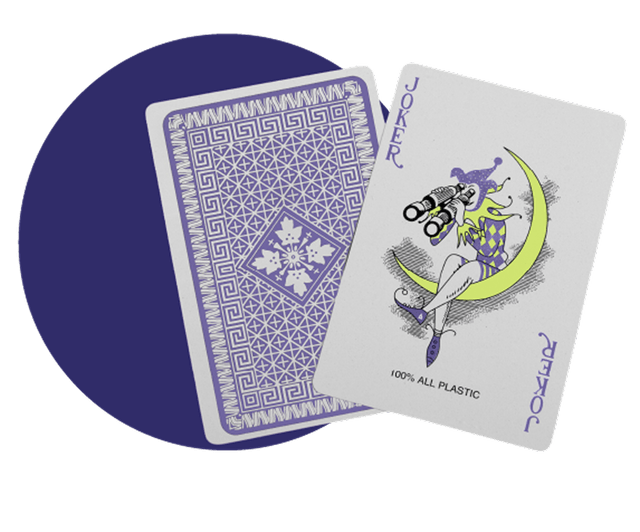
AI and the Retail Marketer’s Future
How AI transforms strategy and processes, driving the adoption of Positionless Marketing
Exclusive Forrester Report on AI in Marketing

Most companies think that their email marketing revenue stems from their daily blast emails. They’re concerned that reducing frequency and targeting smaller audiences will impact their revenue negatively. Old habits die hard, but our segmentation research and experience validate the fact that segmentation and personalization have a dramatic positive effect on revenue.
When a group of customers is segmented and targeted by many small campaigns, the accumulated uplift is much higher in comparison to the results of a “spray and pray” campaign. As you cater to smaller and smaller segments, the average uplift you can expect to gain from your total customer base grows. In smaller groups, each customer will generate more uplift on average than if he or she were approached as a part of a larger group.
In addition, daily email blasts are notorious for chasing away customers. This is a no-brainer: no matter how loved a brand is, no one needs or wants to be on the receiving end of its daily communications. Customers will very soon either start ignoring your campaigns or opt out completely.
If your customers are accustomed to receiving daily emails, they are also less attentive to your offers: if every day brings a new offer, there is no sense of urgency or fear of missing out. Your customers will always prefer to wait it out for a better offer.
So, how to make the shift?
To plan the steps to increase your email marketing revenue, first you need to measure the effect of your blast email campaigns. Common metrics such as CTR or open rates can be misleading, since they have no way of attributing revenue to the actual campaign. The only way to scientifically measure campaign impact is by allocating a control group for every campaign sent.
Comparing the results of the test group (customers who received the campaign) to those of the control group (customers who didn’t) will give you an accurate assessment of the effectiveness of your campaigns. You might be surprised to learn that revenue you’ve attributed to your blast emails can’t actually be attributed to your campaigns. Don’t be misled by the fact that you’re measuring a high open rate: you have to establish a connection between that metric and the business being conducted with you.
By using a control group to create a baseline measurement of your email blasts, you are ready for the next step: communicating with smaller segments and increasing your marketing revenue.
If you implement this step-by-step approach to personalizing your campaigns for your customer targets, within weeks you will be able to graduate from an outdated daily blast email strategy into an emotionally intelligent segmentation strategy that will result in a measurable increase in revenue.
Exclusive Forrester Report on AI in Marketing
In this proprietary Forrester report, learn how global marketers use AI and Positionless Marketing to streamline workflows and increase relevance.


Varda is all about the customer. With more than 10 years helping customers improve their businesses by making the best use of their data, Varda is the perfect blend of energy and efficiency, equipped with a bright personality and exemplary professionalism. She holds a Bachelor’s degree in Economics and Business Administration.


